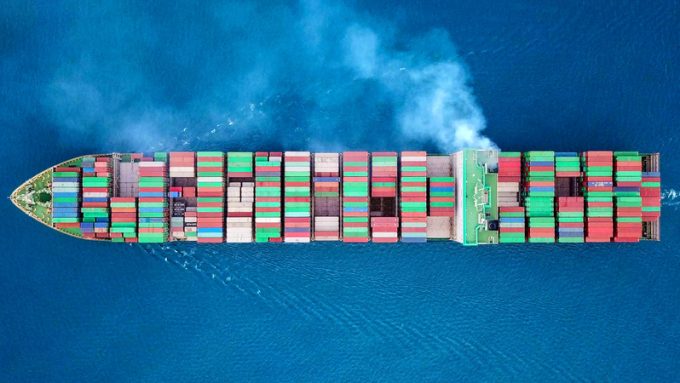The post-tariff evolution of MSC's transpacific network
Since the shift in alliances earlier this year, Gemini duo Maersk and Hapag-Lloyd have been ...

The sense of genuine anger amongst North European shippers and freight forwarders was palpable this week as they struggled to digest rapidly escalating spot freight rates.
The ascent steepened over recent weeks, with Drewry’s WCI Shanghai-Rotterdam leg rising 20% week-on-week to finish at $4,999 per 40ft.
However, ...

Comment on this article
Andrew Faulkner
May 27, 2024 at 8:11 pmAll we are missing is Maersk line telling freight forwarders that they don’t want their business and the Deja vu will be complete
Grzegorz Sulima
May 29, 2024 at 2:59 pmInteresting how exactly the opposite is true when overcapacity hit the markets. Time is a flat circle indeed.
Gavin van Marle
May 29, 2024 at 8:01 pmAre we referring to Schopenhauer and the futility of life, or Nietzsche and eternal recurrence? It’s an important distinction!